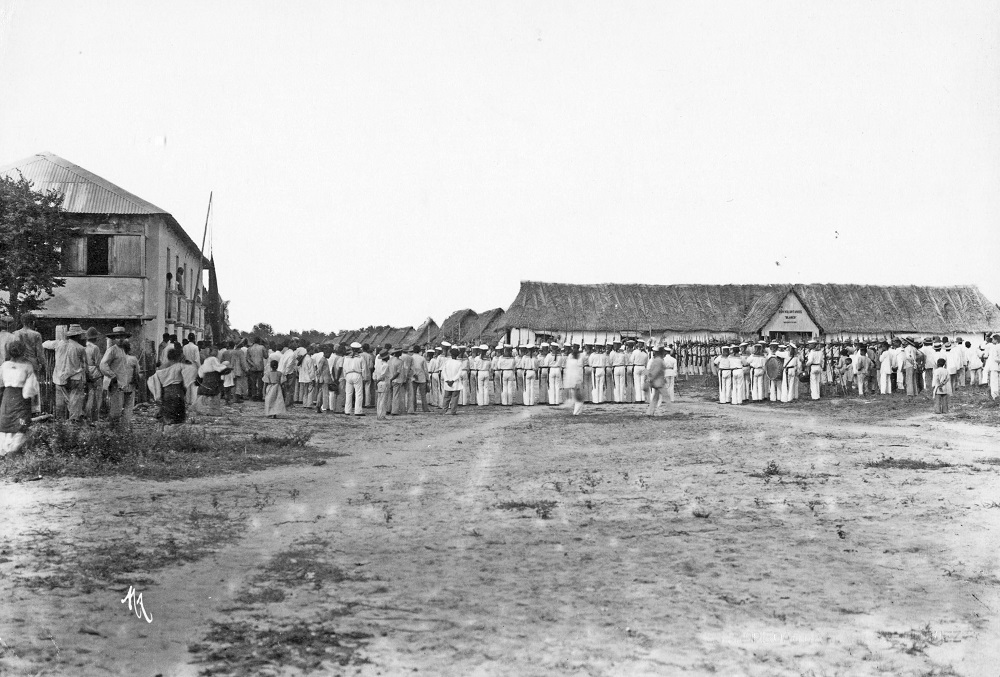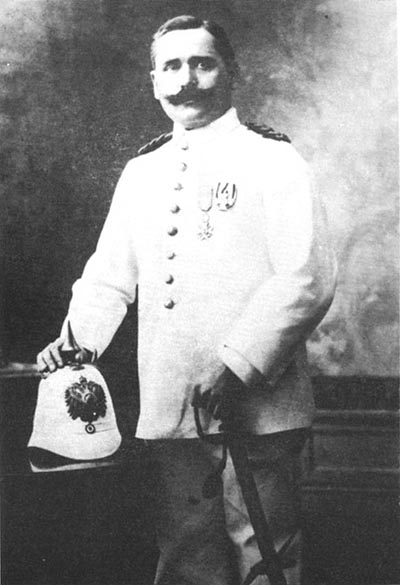Marianas split in 1899: Northern Marianas became German colony

**(HOUSEOFTAGA.COM)—**The Treaty of Paris marked a significant shift in the territorial landscape, with Guam and the Philippines being ceded and sold to the United States, while the Northern Marianas found new ownership under Germany. This finalized the division of the Marianas into Guam and the Northern Marianas.
German Governance The administration of the German colonies differed notably from that of other colonial powers, especially in the Northern Marianas. Under German rule, the Chamorros and Carolinians enjoyed unprecedented privileges not found in other colonies.
With Georg Fritz at the helm, the German administration encouraged repopulation of the islands, distributing vast tracts of land, a stark departure from Spanish control where land on Guam was strictly controlled by the Spaniards. Moreover, education became compulsory for the natives, with instruction provided in their native languages, Chamorro and Carolinian. The Germans even went as far as allowing natives to open savings accounts and apply for loans, fostering financial independence.
The German interest in the Pacific dated back to the 1850s when they established trading posts in Samoa and later in New Guinea in the 1870s. The acquisition of the Northern Marianas from Spain in 1899 was strategic, extending Germany’s influence in the region and bolstering its economic and political stature.
Under Administrator Georg Fritz’s leadership, the Germans implemented progressive socio-economic policies. Education, once voluntary and church-based during Spanish rule, became compulsory, aiming to foster economic revival. Schools were established across the islands, with instruction in Chamorro or Carolinian, reflecting a nationalistic approach to education.
The Germans also encouraged local participation in administration, leading to the emergence of a Chamorro elite class. Initiatives such as tree planting campaigns and healthcare improvements demonstrated Fritz’s commitment to both environmental stewardship and public welfare.
Land Ownership One of the most groundbreaking policies introduced by the Germans was granting natives the right to own land, a departure from previous colonial practices. Administrator Fritz, recognizing the need to attract settlers and stimulate economic growth, distributed land among the indigenous population, particularly on Tinian and Saipan.
Taxation To finance public works and incentivize population growth, Fritz introduced a taxation system that allowed natives to pay taxes through labor. Married males were given tax breaks, encouraging family growth, while exemptions were granted to certain groups. Fritz also facilitated land ownership by offering buyouts for labor obligations.
 Private Finance
In a move aimed at stimulating economic activity, the Germans allowed natives to invest in a savings bank and apply for loans, a policy unprecedented in colonial possessions. Despite initial success, Berlin viewed this policy as a threat to colonial rule, fearing it would grant locals financial independence.
Private Finance
In a move aimed at stimulating economic activity, the Germans allowed natives to invest in a savings bank and apply for loans, a policy unprecedented in colonial possessions. Despite initial success, Berlin viewed this policy as a threat to colonial rule, fearing it would grant locals financial independence.
Public Works Major public works projects, including government buildings, harbors, and roads, were undertaken during German rule. The use of replica latte stones in architecture symbolized continuity between traditional Chamorro culture and German colonial power.
End of German Rule Despite initial progress, administering the islands proved challenging, exacerbated by natural disasters and geopolitical tensions. With the outbreak of World War I, Japan seized control of the Northern Marianas, marking the end of German rule in the region.
In summary, German administration in the Northern Marianas brought about significant changes, including land ownership rights, educational reforms, and economic initiatives. While these policies laid the groundwork for progress, they also foreshadowed the end of German colonial rule in the Pacific.
(This article was first published by the author on https://houseoftaga.com)